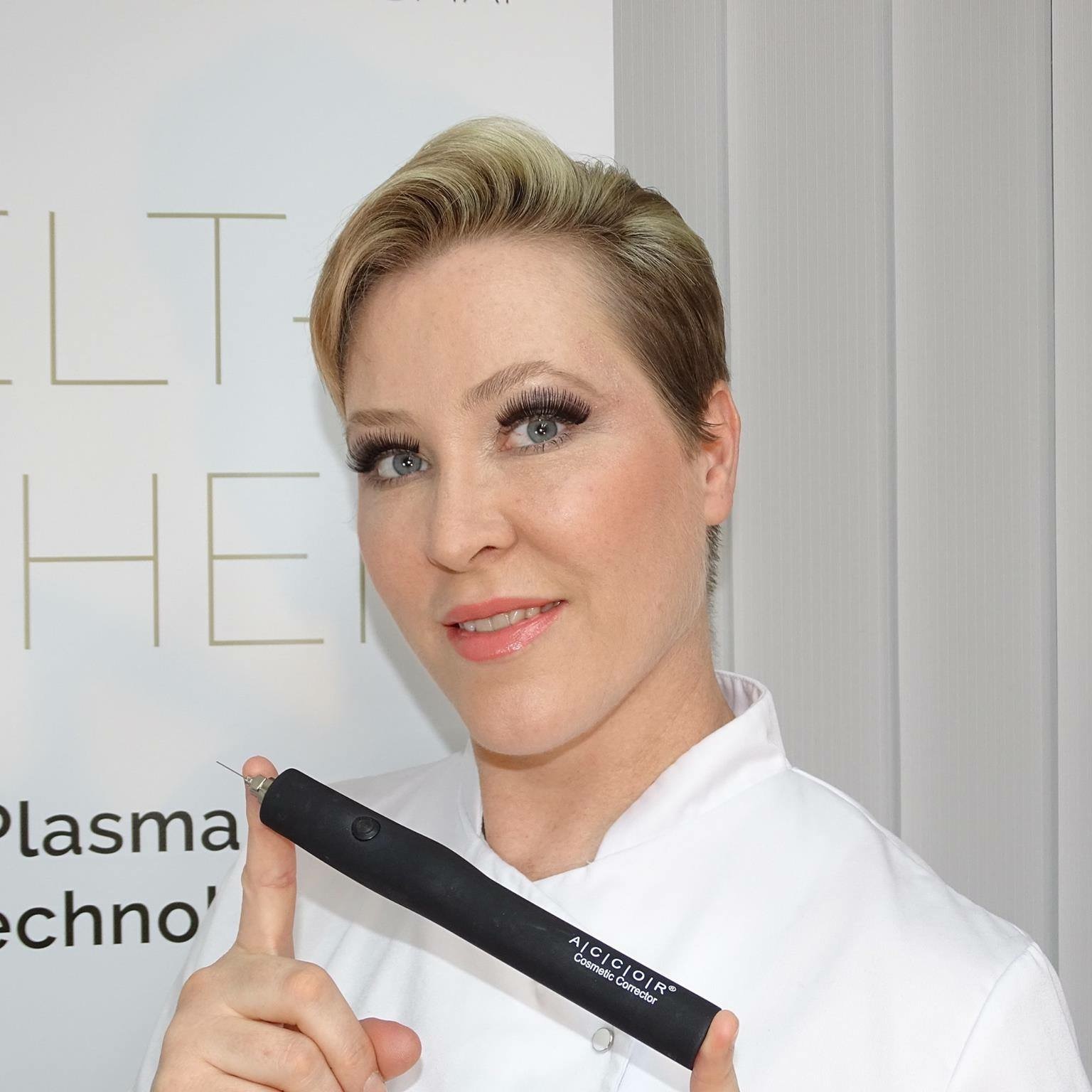Everything you need to know about safe plasma treatments

While plasma can deliver a wide range of treatments from skin tag removal to blepharoplasty, its application needs a professional approach to ensure client safety.
The most common plasma device used is the plasma pen. Though a relatively cheap technology, diligence must be applied in the purchasing decision. Ensure the equipment meets the relevant CE certification and the supplier can provide a certificate of compliance of quality assurance.
A major factor for successful plasma treatments is a stable and consistent delivery of the plasma arc. Too strong and the dermal layer can be broken, with the risk of permanent damage; too weak and results will be poor. Always choose a device with a proven track record, a brand with a history of expertise, and a supplier who can testify to its safety and efficacy.
Good providers will tell you that at least 30% of the treatment happens away from the couch. A comprehensive consultation should be undertaken at least seven days prior to treatment and include a patch test. Examples of specific contraindications are autoimmune issues, diabetes, pacemakers and keloid scarring. Plasma may also increase the chance of hyperpigmentation, especially in darker skin types.
Misuse of plasma may cause permanent damage, so never treat an indication unless you are qualified to do so, have been certified as competent, have undergone accredited training from a qualified professional and are insured to do so.
The key function of a plasma pen treatment is sublimation, a vaporising of the epidermis into a gas. Instantly, the effect leaves a multiple micro-millimetre-wide dot and crust on the epidermis. While superficial, this may take four to 10 days to heal. Restrict the areas to be treated at each session, as too much work will not heal efficiently and results will be compromised. When treating the eye area, natural swelling will occur and may last up to seven days.
The client should be given comprehensive aftercare advice and the correct medicated healing creams. Encourage them to provide photographic evidence of their healing progress for your perusal, and we always suggest a follow up “exit consultation” eight weeks later.

 Kim Wuestehube is global master trainer of ACCOR Cosmetic Corrector, which is distributed by The Smart Group. Visit the brand at Professional Beauty London on stand L41.
Kim Wuestehube is global master trainer of ACCOR Cosmetic Corrector, which is distributed by The Smart Group. Visit the brand at Professional Beauty London on stand L41.
